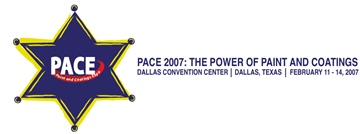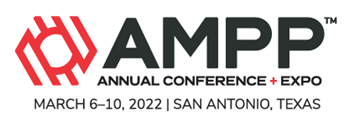Search
Individual Conference Papers
View as
Sort by
Display
per page
Qualification Testing of Fusion Bonded Epoxy Coatings for Pipeline Exteriors
Product Number:
41206-288-SG
Publication Date:
2006
$20.00
QUALIFICATION TESTING OF LEAN DUPLEX STAINLESS STEELS FOR THE PROCESS INDUSTRY
Product Number:
51312-01527-SG
ISBN:
01527 2012 CP
Publication Date:
2012
$20.00
Qualitative Assessment of Corrosion Rate in Oilsands Slurry Pipeline
Product Number:
51317--8951-SG
ISBN:
8951 2017 CP
Publication Date:
2017
$20.00
Quality Control and Quality Assurance: Defining the Roles and Responsibilities of the Contractor’s QC and the Owner’s QA
Product Number:
41205-177-SG
Publication Date:
2005
$20.00
Quality Work and Contractor Profitability
Product Number:
41207-374-SG
Publication Date:
2007
$20.00
Quality, Changing the Culture in Construction
Product Number:
41205-171-SG
Publication Date:
2005
$20.00
Quantification of Microbiologically Influenced Corrosion in Injection Water Pipelines
Product Number:
51317--9343-SG
ISBN:
9343 2017 CP
Publication Date:
2017
$20.00
Quantifying Effect of Hydrogen and Sulfur in Mitigating Free Fatty Acid Corrosion in Renewable Diesel Applications
Product Number:
51324-20864-SG
Publication Date:
2024
$40.00
Quantifying High Temperature Corrosion in Renewable Diesel and Sustainable Aviation Fuel Production
Product Number:
51323-19457-SG
Publication Date:
2023
$20.00
Quantitative Assessment Of Failure Probability Of Underground Natural Gas Storage Wells Using An Integrated Bow-Tie Bayesian Network Approach
Product Number:
51322-17849-SG
Publication Date:
2022
$20.00
Quantitative Evaluation of Oil Field Corrosion Inhibitors in the Laboratory: The First Step for Successful Application of Inhibitors in the Field
Product Number:
51319-12878-SG
Publication Date:
2019
$20.00












